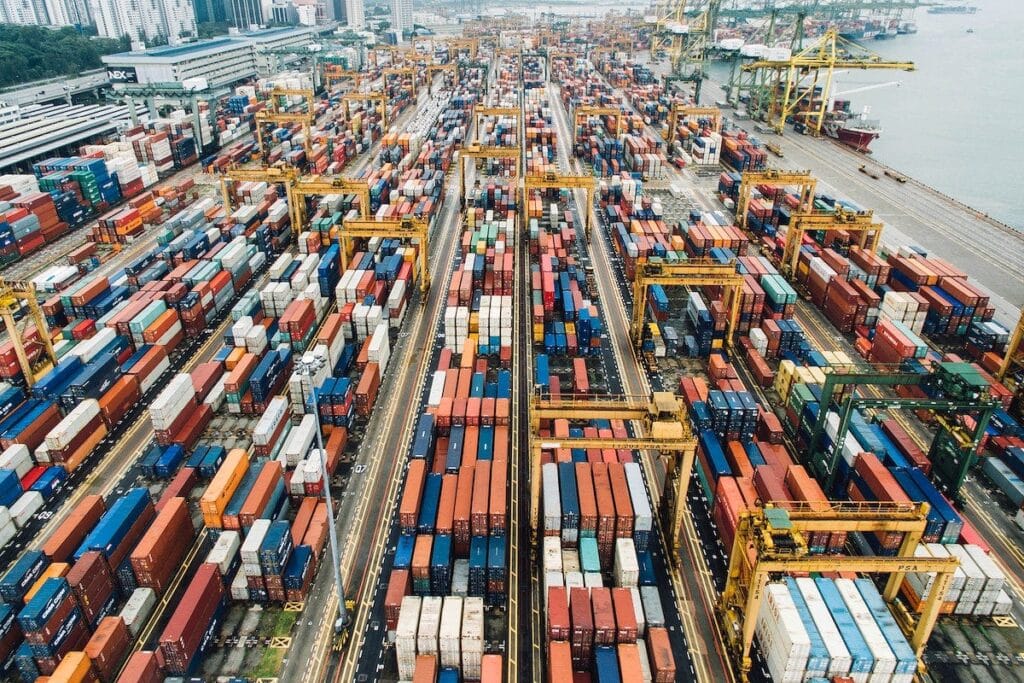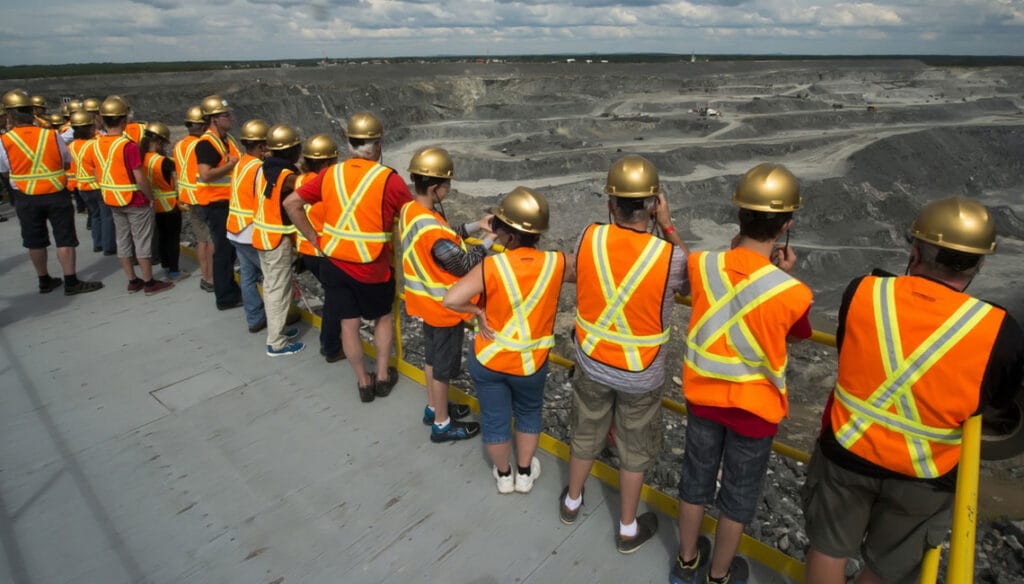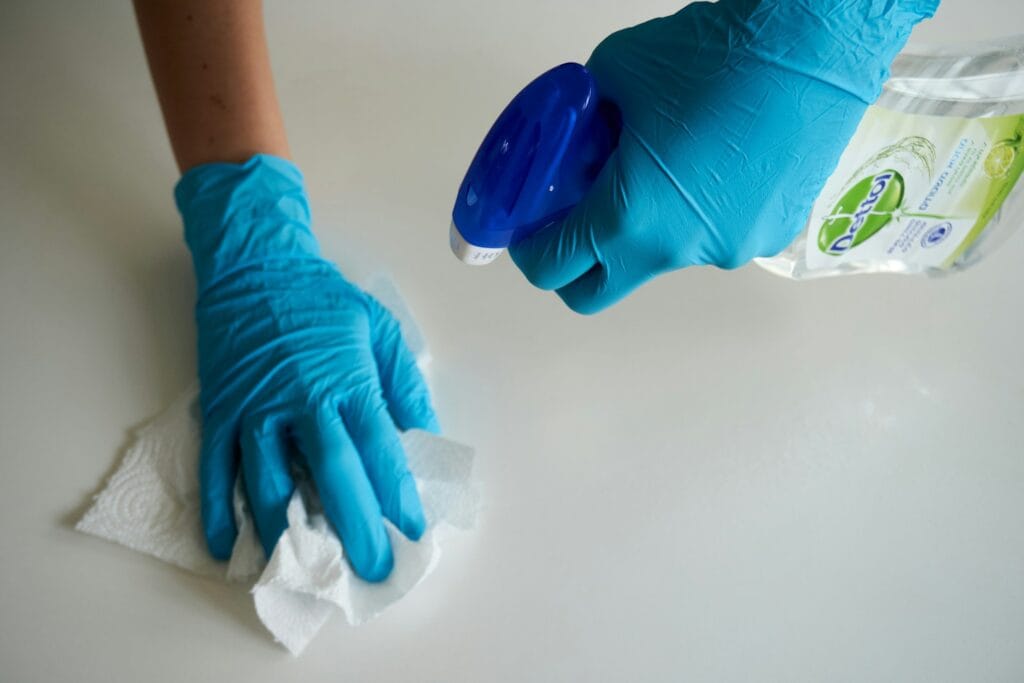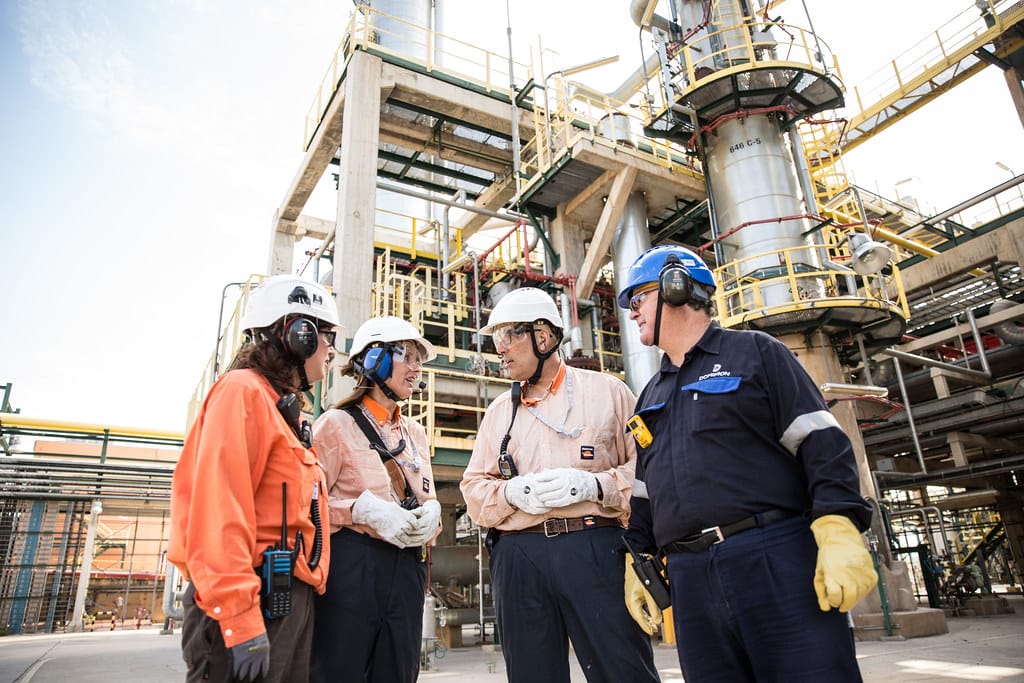
Building a Tiered Disposable PPE Strategy to Reduce Cost and Risk
A smarter approach to PPE investment across low, medium, and high-risk zones
If you buy Type 4 suits for everyone, every day—you’re overspending.
If you use Type 6 suits in high-risk zones—you’re under-protecting.
What you need is a tiered disposable PPE strategy that matches protection level to actual risk.
It saves money, increases compliance, and prevents injuries.
Let’s break down how to build one—from real-life risk zoning to material selection and team training.
A tiered PPE strategy allocates protective gear based on the actual risk level of the work environment—reducing unnecessary costs while maintaining regulatory compliance and worker safety.
🟢 Step 1: Identify and Classify Risk Zones
Divide your facility or workflow into three basic protection zones:
| Zone | Risk Level | Typical Exposure | Recommended PPE Type |
|---|---|---|---|
| 1️⃣ | Low Risk | Dust, dry particles, hygiene control | Type 5/6, SMS, uncoated |
| 2️⃣ | Medium Risk | Low splash, aerosols, basic bio/chem exposure | Microporous Type 6, EN 14126 |
| 3️⃣ | High Risk | Chemical splash, infectious fluids, full clean | Type 3/4, taped seams, ISO 16604 |
Example:
- Warehouse = Low Risk
- Sample handling lab = Medium Risk
- Disinfection tunnel = High Risk
📌 Tip: Ask your EHS officer to map zones and validate PPE requirements by EN or ASTM standard.
🧩 Real-World Case:
A Canadian food processing plant reduced its annual PPE cost by 34% after realizing their warehouse workers (previously using microporous Type 5/6 suits) only needed basic SMS for dust control.
Savings came from better zone classification, not cutting corners.
🟡 Step 2: Choose Suits Based on Zone-Specific Use
Here’s how different disposable suits fit your zones:
Zone 1️⃣: Low Risk – General Hygiene, Light Dust
- 🧥 PPE Example: Basic SMS coverall, elastic cuffs, no hood
- 🎯 Industries: Warehouse, food packing, printing, farming
- 💰 Price range: $1.50–$2.20/suit
- 🧼 Bonus Tip: Choose white or light blue colorways to show visible soil easily, supporting cleanliness monitoring.
Zone 2️⃣: Medium Risk – Light Fluids, Cleaning Tasks
- 🧥 PPE Example: Microporous Type 5/6 with hood + boot cover
- 🔐 Must-have: EN 13982, antistatic coating, fluid-resistant zipper flap
- 💰 Price range: $2.50–$3.80/suit
- 💡 Buyer Insight: Ask about Type 6 + EN 1149 combination if static or flammable liquids are involved. Some low-cost suits don’t offer both.
Zone 3️⃣: High Risk – Full Body Fluid/Contamination Protection
- 🧥 PPE Example: Type 4B coverall with sealed seams, EN 14126 + ISO 16603
- 🔥 Best for: Healthcare, decon teams, chemical cleanup, virus wards
- 💰 Price range: $4.80–$7.00/suit
- 🧯 Common Misuse Alert: Customers sometimes buy Type 3 suits thinking "more is better"—but those may be overbuilt, restrictive, and costly for short medical tasks.
🔁 Rotation suggestion:
Use higher-tier suits only when required; don’t over-spec by default.
🧮 Supplier Side Advice:
Vendors like us can help build “risk-tier bundles” for your team—e.g.,
1000 pcs Type 6 for daily, 300 pcs Type 4 for spill response, 100 pcs Type 3 as emergency reserve.
🔄 Step 3: Build a Replenishment and Rotation Strategy
Procurement isn’t just buying—it’s planning.
- 🔁 Forecast usage by worker shift + risk zone
- 📦 Stock low/medium tier PPE in higher volume for frequent use
- 📊 Log usage data to detect misuse (e.g., Type 4 used in Type 1 zone)
🧾 Use a PPE usage matrix like this:
| Dept. | Avg Suits/Day | PPE Type | Monthly Demand |
|---|---|---|---|
| Warehouse | 80 | Type 5 SMS | 2,400 |
| Disinfection | 25 | Type 4 MP | 750 |
| Lab Technicians | 60 | Type 6 MP | 1,800 |
📈 Over 6 months, this matrix can reveal hidden waste or justify upgrades.
🎯 Customer Q&A:
Q: "How do I avoid overstocking short-expiry suits?"
A: Choose disposable PPE with at least 3-year shelf life, store in dry/cool/covered zones, and rotate stock FIFO (First In, First Out).
🧑🏫 Step 4: Train Staff on PPE Use by Risk Level
Workers often don’t know why one suit is used over another.
That confusion leads to either overuse (expensive) or misuse (dangerous).
✅ Train staff on:
- Which PPE type matches their task
- What the suit protects against (and what it doesn’t)
- How to check suit labeling (Type rating, seam design)
- How to don/doff per risk level
👨🏫 Sample script:
“You’re in Zone 2. You don’t need the heavy suit—that’s for chemical cleanup. This Type 5/6 suit with anti-static keeps you safe, and it’s cooler to wear.”
🧠 Training Tip:
Use color coding or sticker systems on PPE boxes or racks to prevent mix-ups between departments.
💡 Bonus: What Buyers Should Ask Suppliers
- Can you provide tiered options (good/better/best) by application?
- Do you offer material comparison charts for Type 5/6 vs. Type 4?
- Are boot covers or hoods built-in or sold separately?
- Can I trial suits with my team before volume commitment?
- Can you offer multi-tier pricing models or mixed container orders?
🧠 A good supplier won’t just sell—they’ll help you choose smarter.
📦 Example Bundle Quote Request:
“I need 3000 pcs Type 5 SMS, 1200 pcs Type 6 MP for light disinfection, and 500 pcs Type 4B sealed for chemical spill teams. Can I consolidate this in one 20GP container?”
Conclusion
You don’t need to overspend to be compliant.
A tiered disposable PPE model is smart, scalable, and built for real-world conditions.
By matching risk level to PPE spec, and controlling usage with data + training, you’ll lower costs while keeping your team protected where it matters most.
📩 Need help designing your PPE strategy? I’ll help you build a model tailored to your facility.
Email: [email protected]
Website: www.workwearsolutions.net
Zion Zhang
Recent Posts
 Government & Corporate Contracts: Winning Large PPE & Workwear Deals2025年10月14日Government & Corporate Contracts: Winning Large PPE […]
Government & Corporate Contracts: Winning Large PPE & Workwear Deals2025年10月14日Government & Corporate Contracts: Winning Large PPE […] Marketing Tactics: How to Promote Workwear in Africa, Middle East & Latin America2025年10月12日Marketing Tactics: How to Promote Workwear in Africa, […]
Marketing Tactics: How to Promote Workwear in Africa, Middle East & Latin America2025年10月12日Marketing Tactics: How to Promote Workwear in Africa, […] Branding Strategies for Workwear: Competing Beyond Price2025年10月12日In many emerging markets — from Africa to Latin America to […]
Branding Strategies for Workwear: Competing Beyond Price2025年10月12日In many emerging markets — from Africa to Latin America to […] How to Build a Local Distribution Network That Works2025年10月10日In emerging markets across Africa, the Middle East, Central […]
How to Build a Local Distribution Network That Works2025年10月10日In emerging markets across Africa, the Middle East, Central […] Choosing the Right Sales Channels for Workwear in Emerging Markets2025年10月10日In fast-growing markets across Africa, the Middle East, […]
Choosing the Right Sales Channels for Workwear in Emerging Markets2025年10月10日In fast-growing markets across Africa, the Middle East, […] Building Long-Term Supplier Relationships: From First Order to Partnership2025年10月10日In the world of global workwear trade, many new importers […]
Building Long-Term Supplier Relationships: From First Order to Partnership2025年10月10日In the world of global workwear trade, many new importers […]
CONTACT US
- Feel free to contact us any time. We will get back to you as soon as we can!
- +86-17330061805
